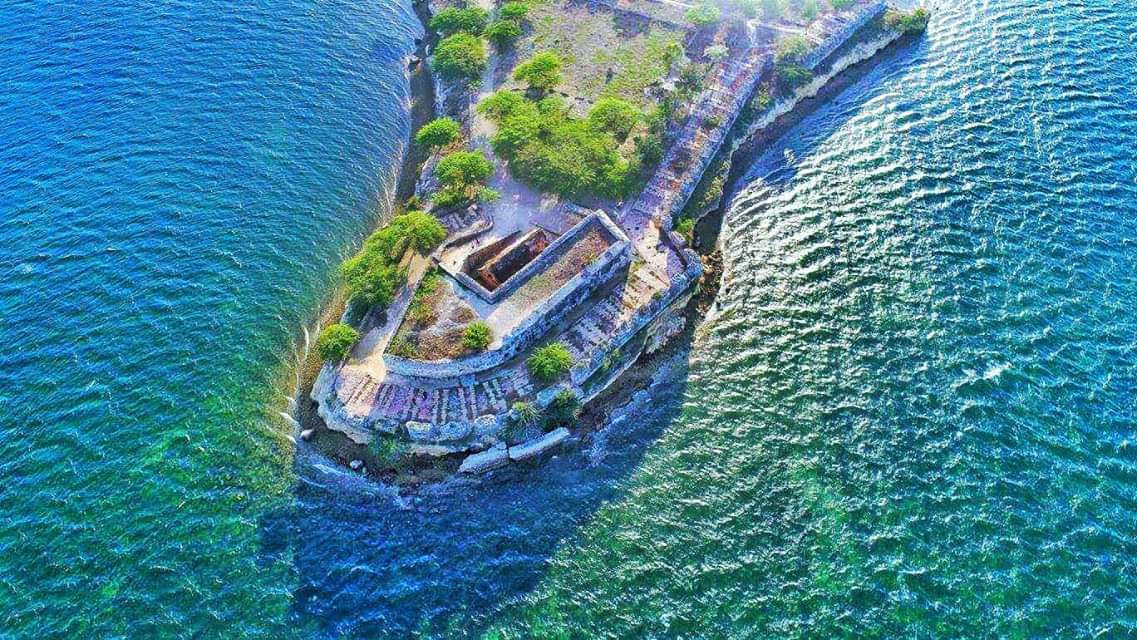
Fort-Liberté: The Corner Of Your Dreams
Have you dreamed of paradise? A place where calm and freshness of the waves of the sea will take you? Get your tickets now in the direction of Haiti, the jewel of the Caribbean because 4-better is taking you to the place of your dreams. We invite you to come and discover this historical and touristic town: Fort-Liberté. Your summer vacation, your eco-tourism adventures are now guaranteed.
Fort-Liberté is the capital of Haiti’s North-east Department. Fort-Liberté, includes 3 towns: Fort-Liberté, Perches, and Ferrier. Founded in 1578 by the Spaniards who called it Bayaha, but inhabited well before by “the Indians,” it is one of the oldest towns in Haiti. The French people, later on, called the adjacent town Fort-Dauphin. March 26, 1811, Christophe was proclaimed as the King of the North; he then renamed the town Fort-Royal, a name that he will lose at the end of his reign, in favor of that of Fort-Liberté.
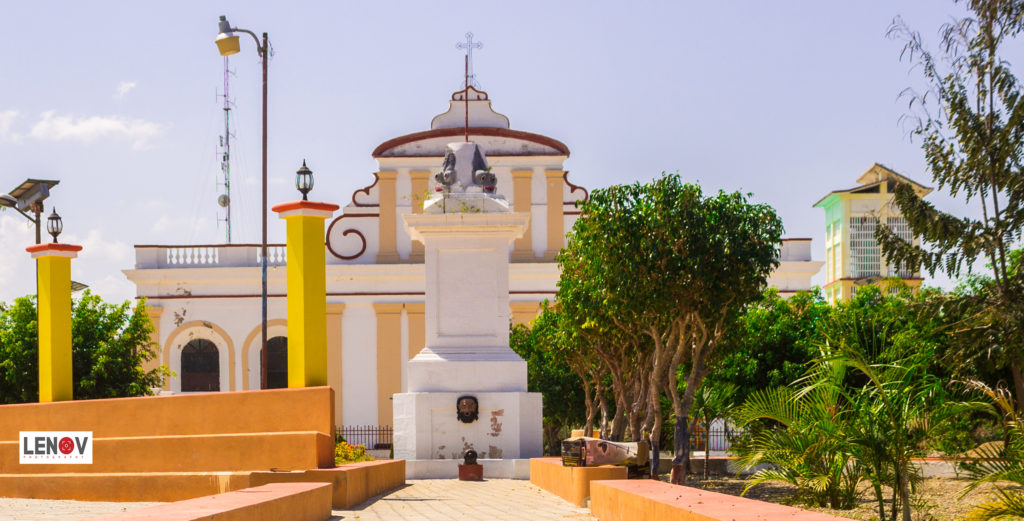
At the entrance of the city, there is a monumental structure of yellow color, built at the beginning of the 20th century. This monumental structure received a traditional blessing of the “Arch of Triumph” with the inscription that translate to the greatness of the city, the hospitality, the courage and the solidarity of its people: “the sweetness in an effort.” To further, there is the City Hall, the Court (Tribunal de la Paix). The city also has a Polytechnic school established in the year 2000. The Church, for its part, is located approximately between Saint-Etienne and Stenio Vincent Avenues, and it was built in 1535 by the Spaniards. It is, perhaps, considered as the oldest church of Haiti, according to the Coordinator of the “Festival de la Pêche” —which will take place on Saturday, March 16, 2019. Julmiste Manius, smiling as ever, met in full preparations.
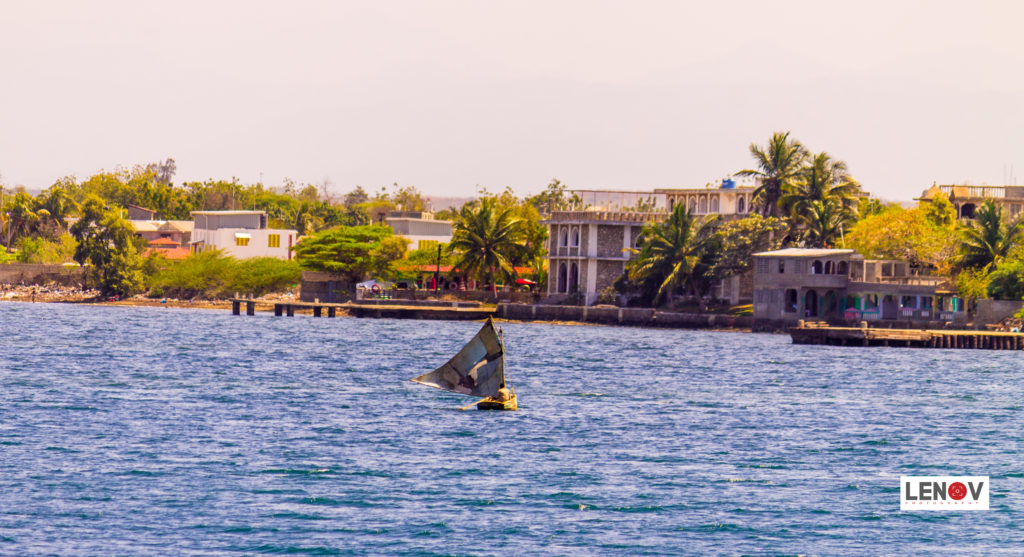
You will also visit the colonial fountain. Placed on Grande Rue, this fountain is built of stone imported directly from France. The square of arms, dated from the colonial era (1740), has experienced significant transformations since the 18th century. The fountain is placed in the middle of the square, and it was completed in 1787. History tells us that the fountain underwent vivid controversy because of its exorbitant cost at the time.
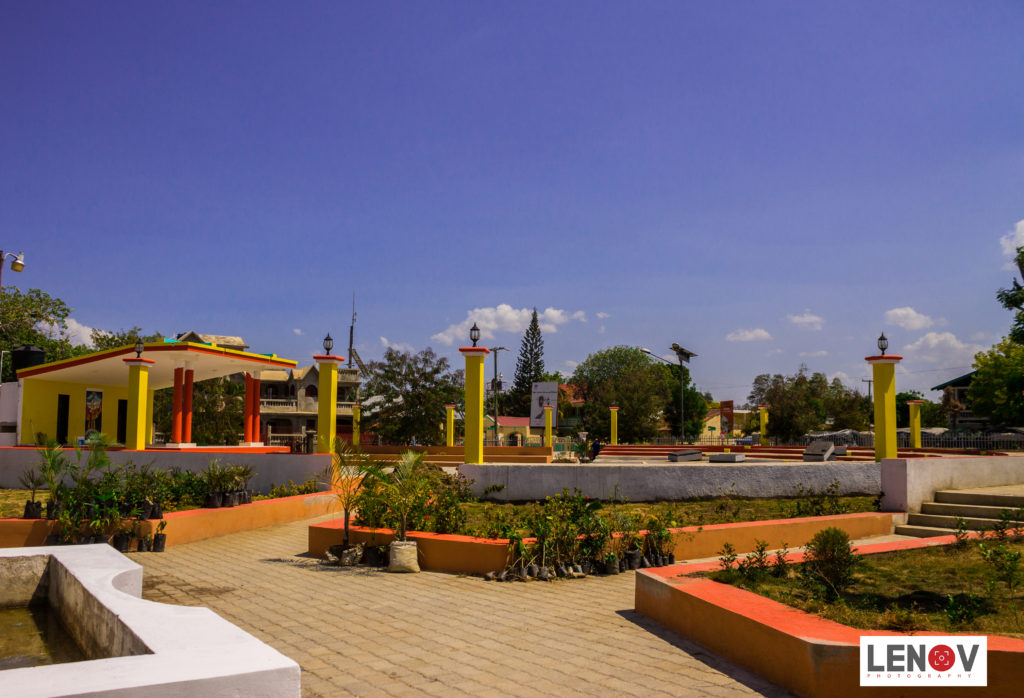
Fort-Liberté and its surrounding cities and towns count approximately 40,000 inhabitants on about 1805 km2. It safeguards the imprint of the colonial architecture, the grid plan, which dated back from the middle of the 18th century. A former garrison town, which by extension reflects the presence of the troops billeted in the city for its defense, was called Fort-Dauphin. We can still observe several houses on the former ground floor or wooden balcony, dating from the colonial period.
Fort Dauphin or Fort Saint-Joseph Louis XVI, built in honor of Christophe’s son, is at the end of the avenue Stenio Vincent. The fort was established as an extension of the central axis of the city. Its construction started in 1730, a strategic place completing the defensive system of the Inland protection and completed in 1735, always according to the Coordinator of the Festival Mr. Manius. You will continue your visit by the island Bay, which was the favorite place of the Buccaneers in the 17th century. The western part of the Island was then reserved for the fairing of the large vessels.
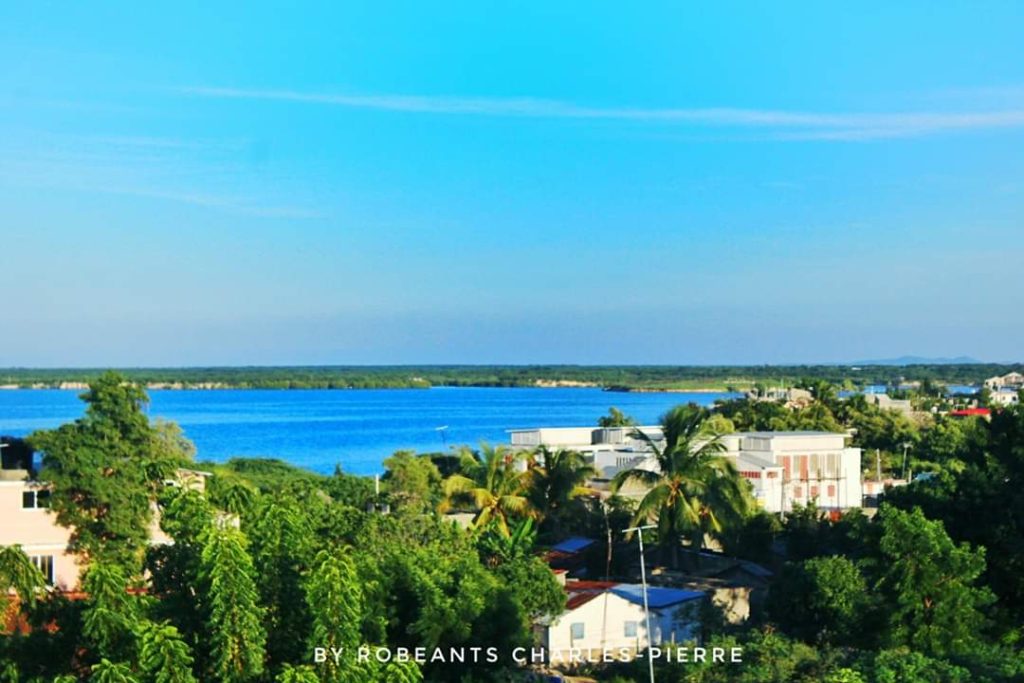
Two other Forts that must be visited are Lachatre and Labourque. The latter is located at the mouth of the Bay of Fort-Liberté which was built by the French to prevent access to Fort-Dauphin. The fishermen will take you for a trip in the Bay and access to the all the forts on the Western Bank. From the South to the North: the Fort Saint-Frédéric, began in 1740 and remained in the North; Fort Saint-Charles, built in the 1740s, and the Batterie de l’anse , which dated from 1756 —with its parapet broken on the side of the sea and its magazine online.
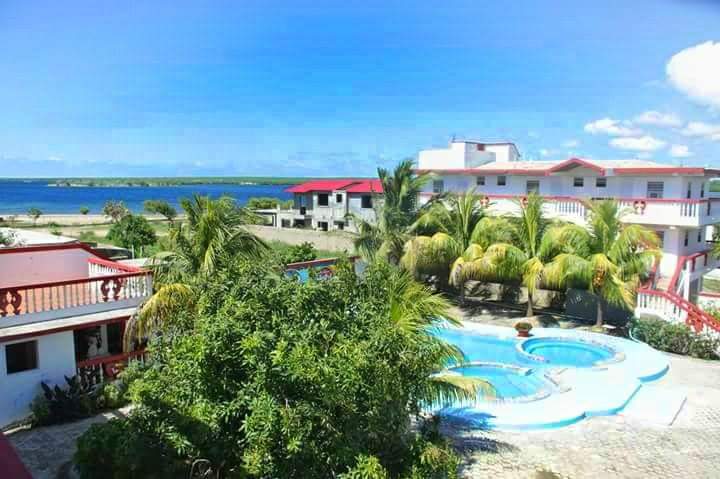
For your romantic or family stays, two hotels are available to you. Marien with fifteen rooms at the moment because its construction continues. A restaurant to your tastes and your desires near the sea. Another for your full and plain satisfaction named Le Relais. If you are looking for a bar, remember Le Monastère. Manage by a group of young people from the city is Santana, where good beer is served along with good music and a cool breeze. Guaranteed cleanliness. It receives exceptional acknowledgement by Major Jacques in 2017 for its exceptional cleanliness and then was recognized as “Tsunami ready” for its respect for international standards of preparation and response to the tsunamis.
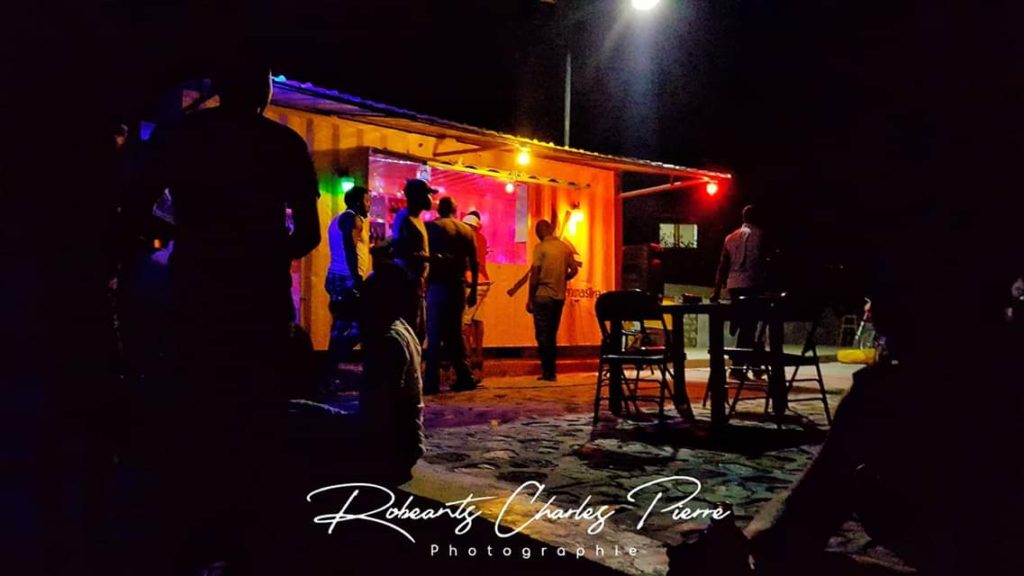
Culinary art at your fingertips. Fort-Liberté carries the banner of tourism.
At Fort-Liberté, the world is at your feet! What are you waiting for to visit?





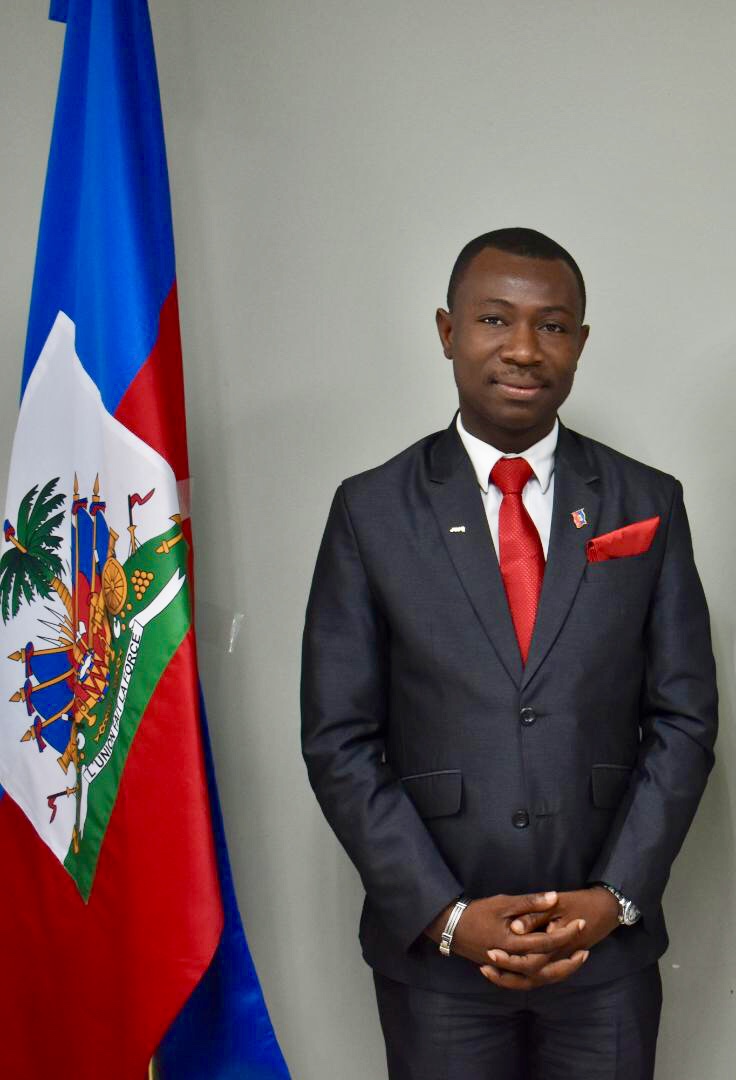




Tres provocateur mais aussi inspirant ce texte.
Merci Samuel!